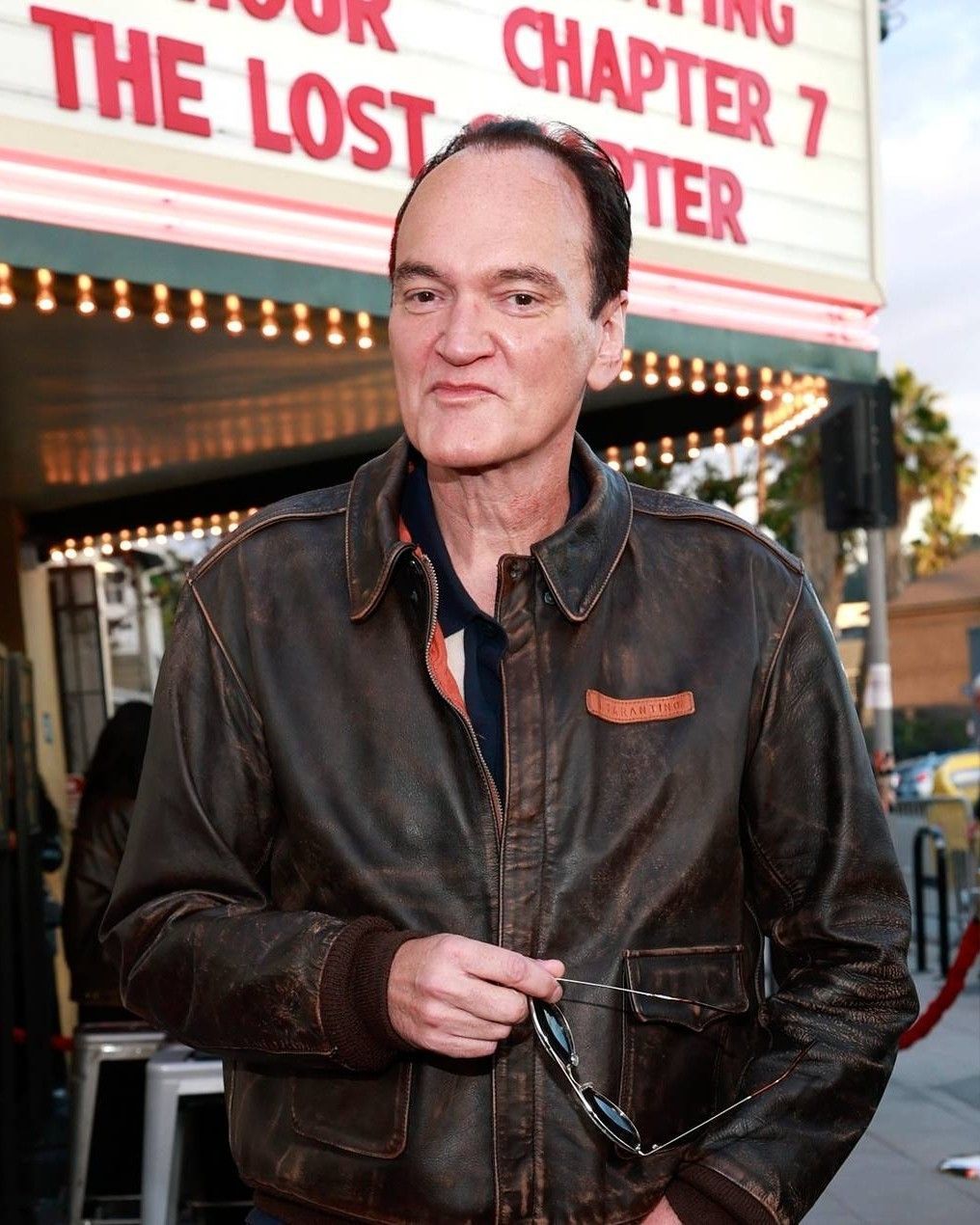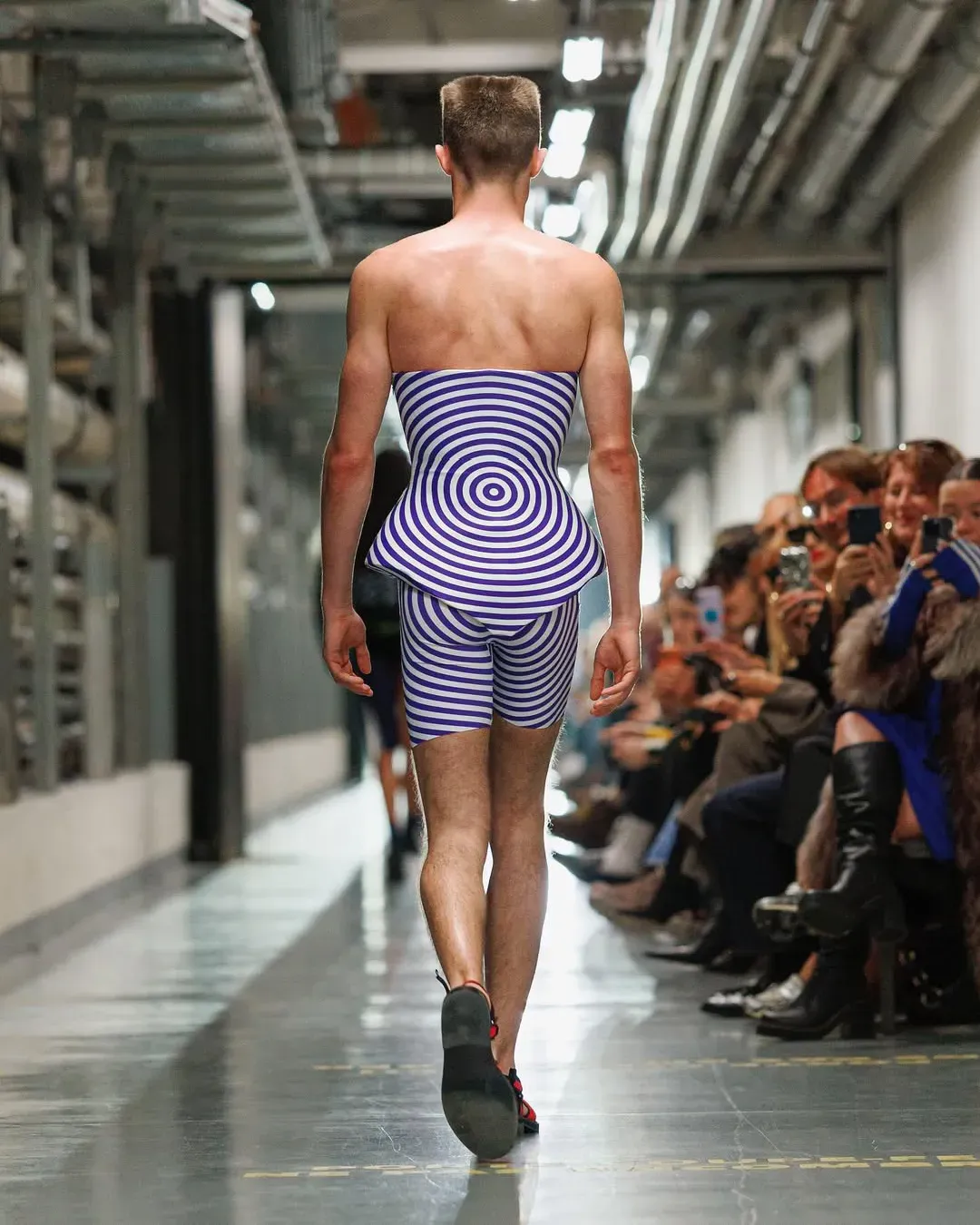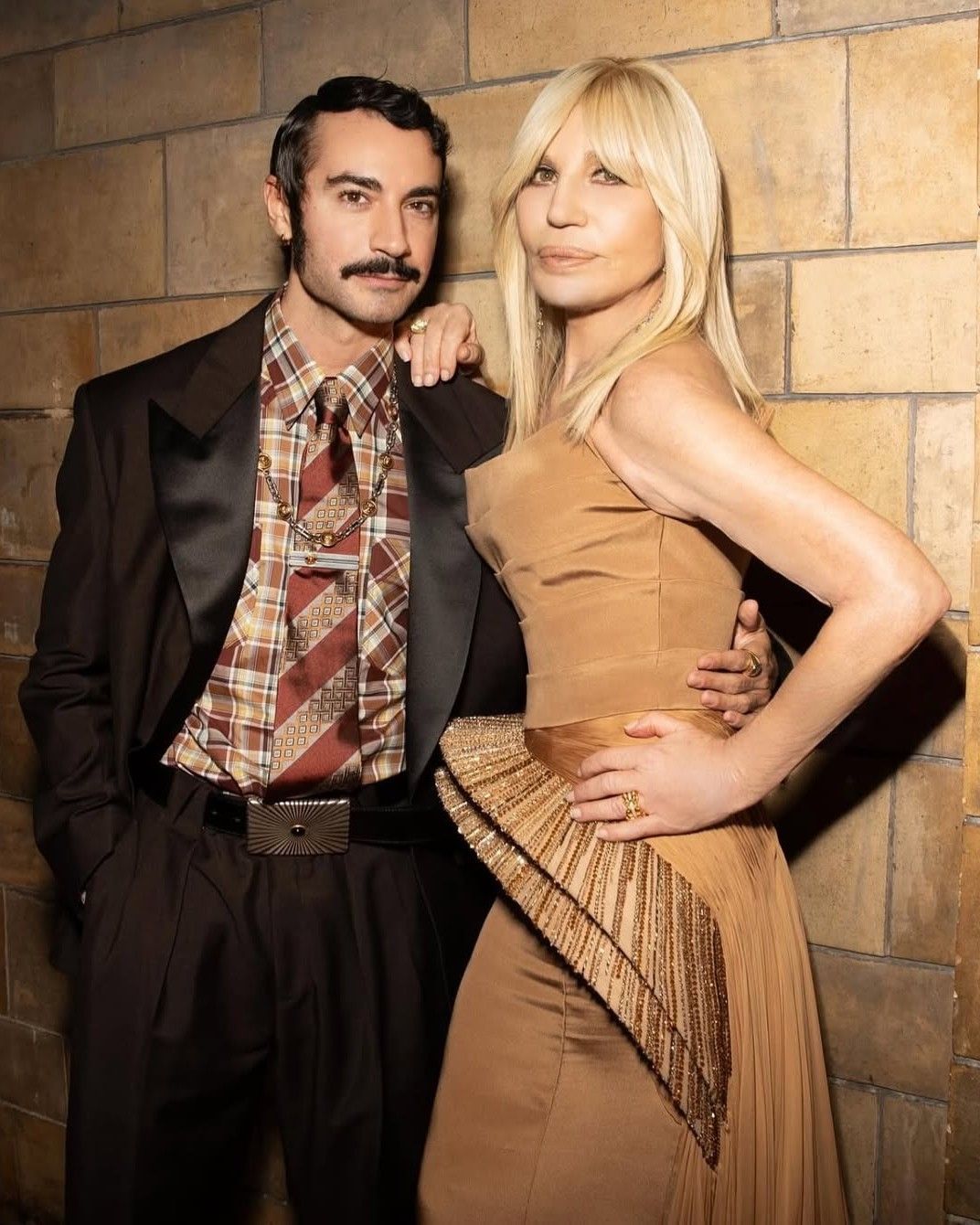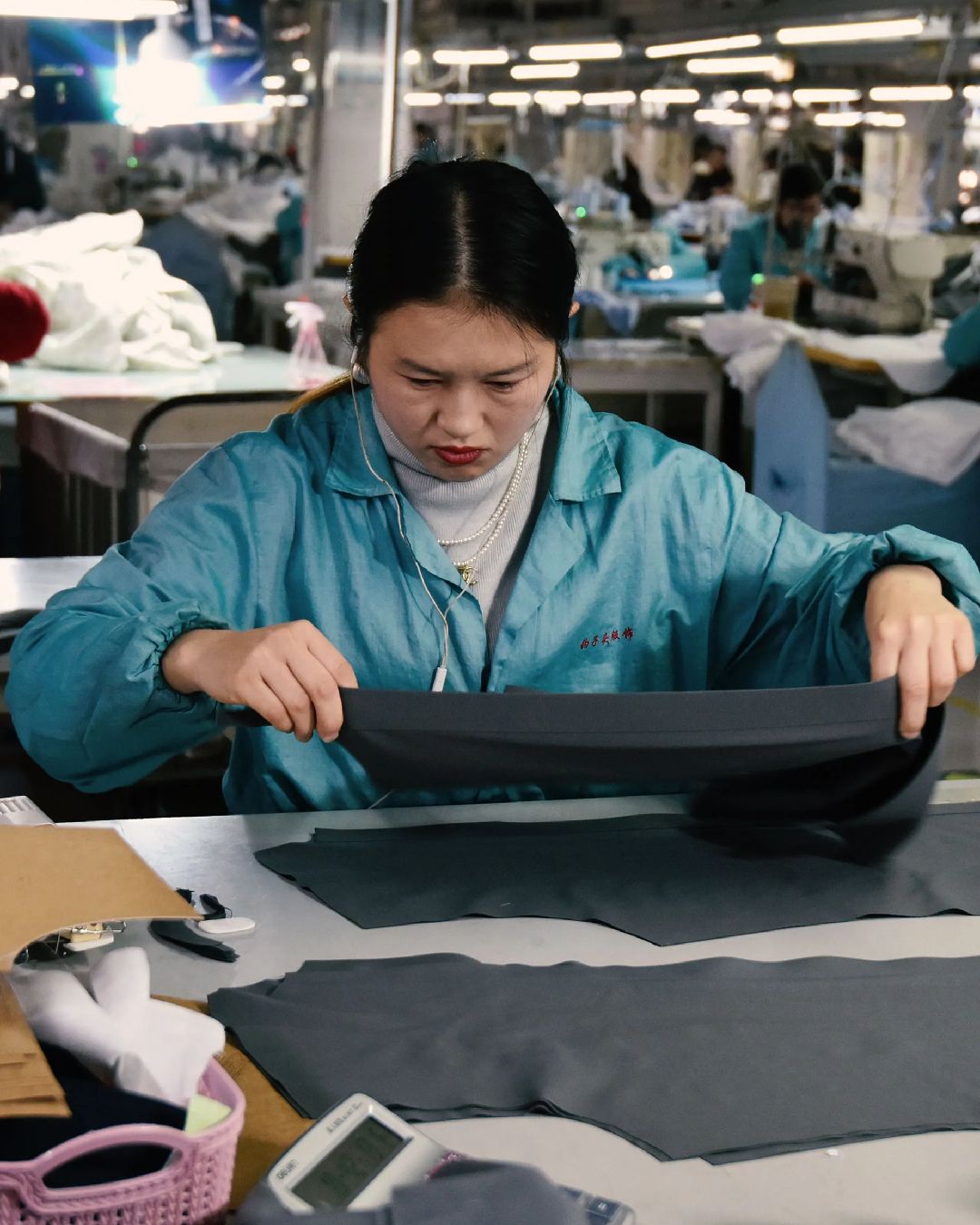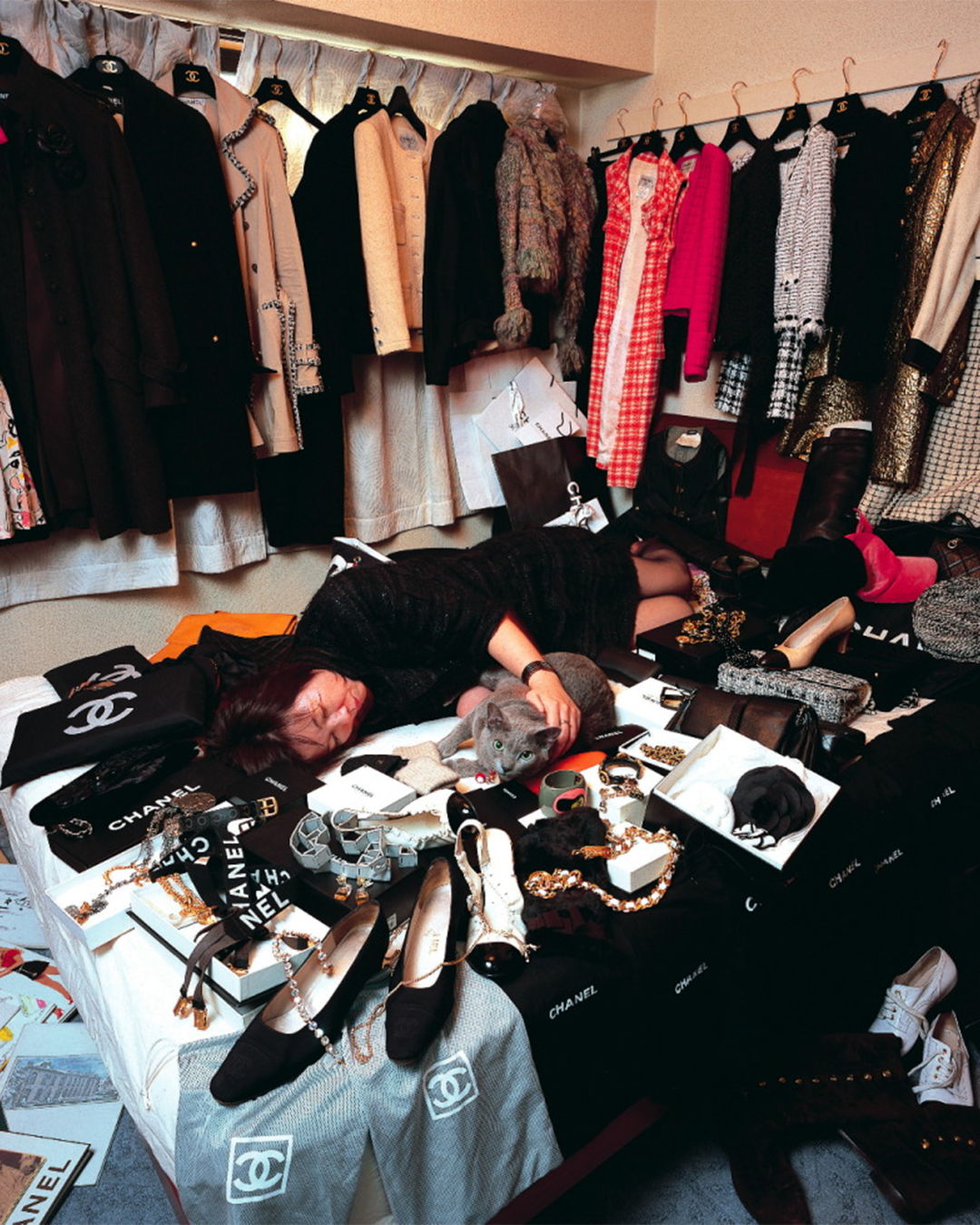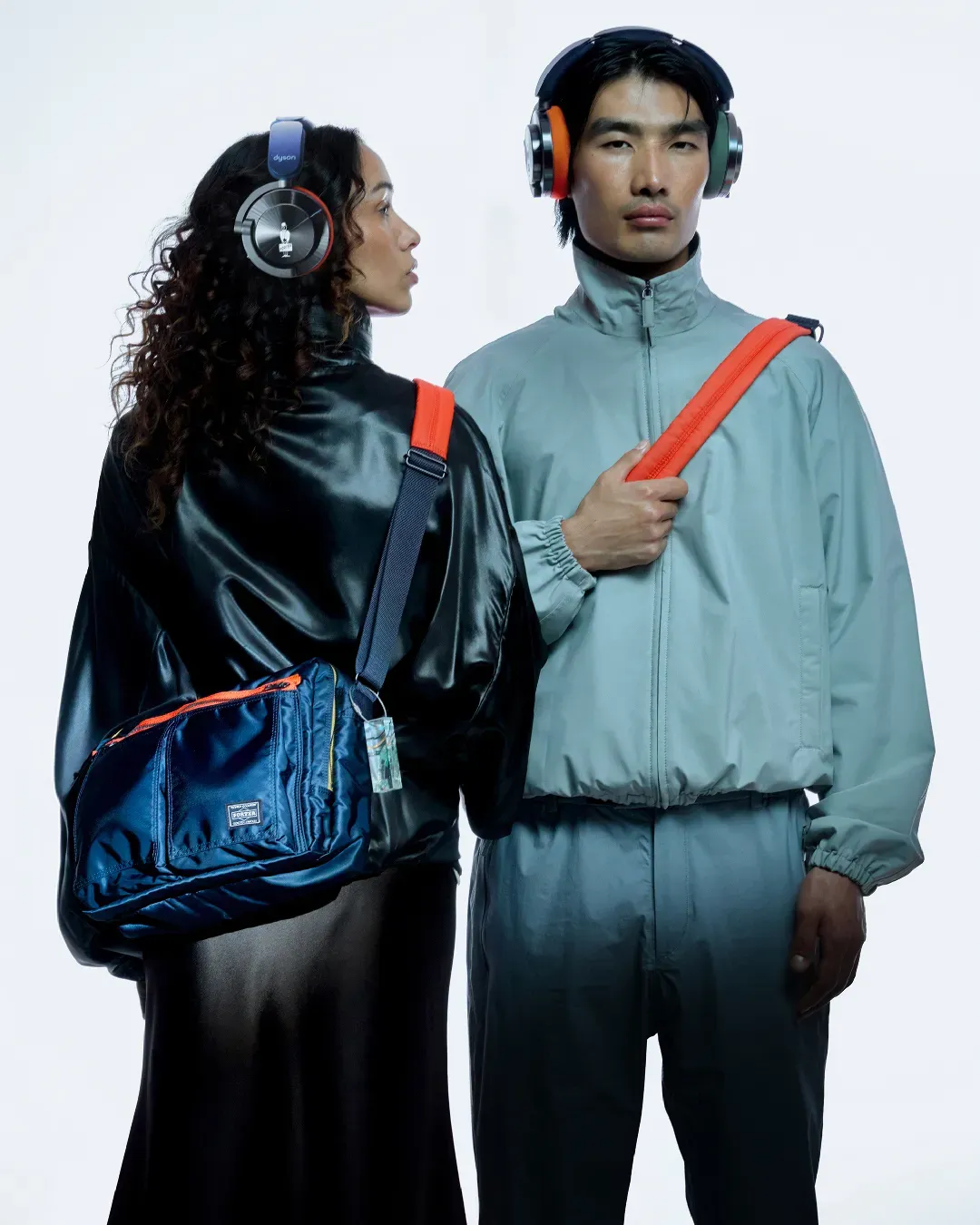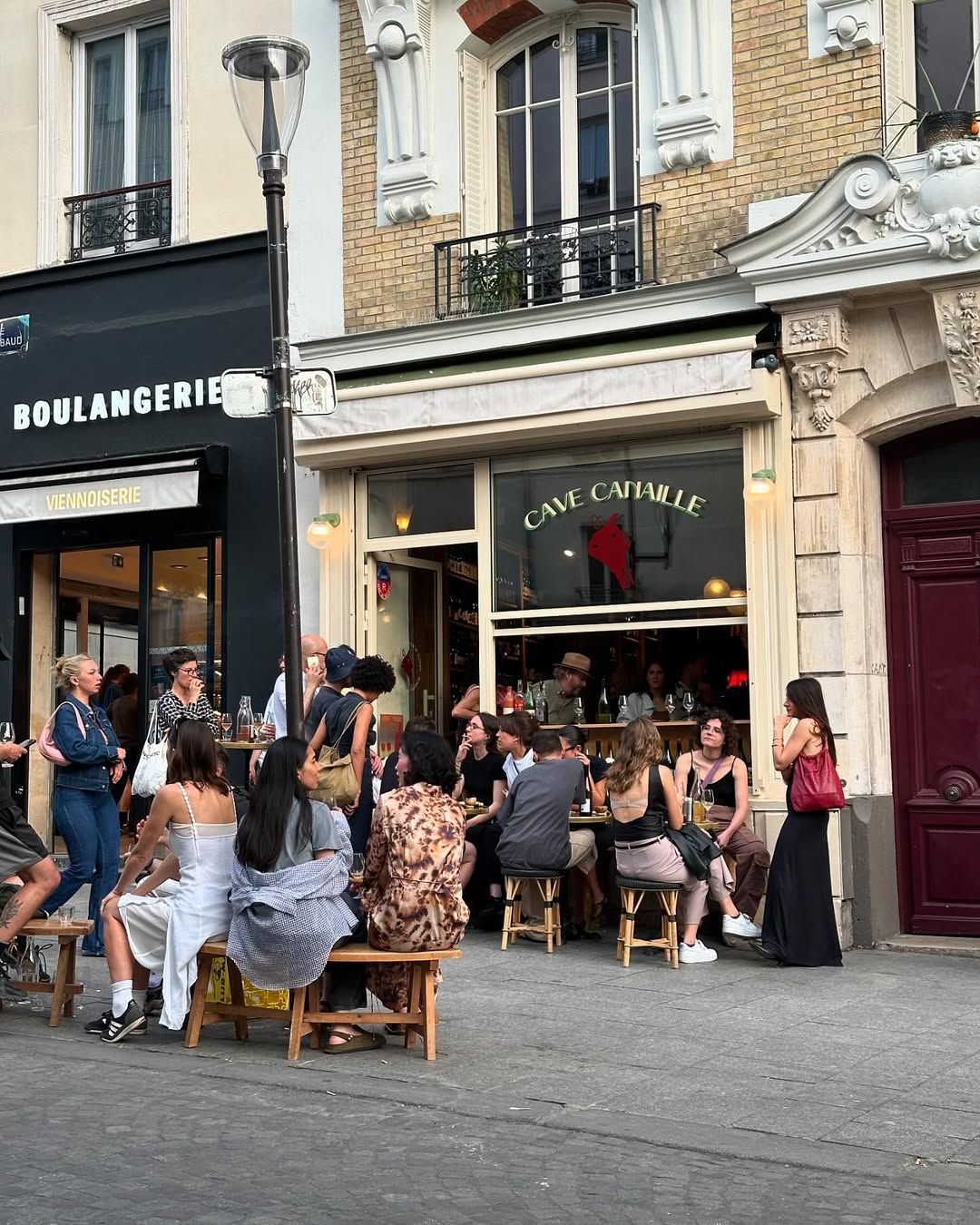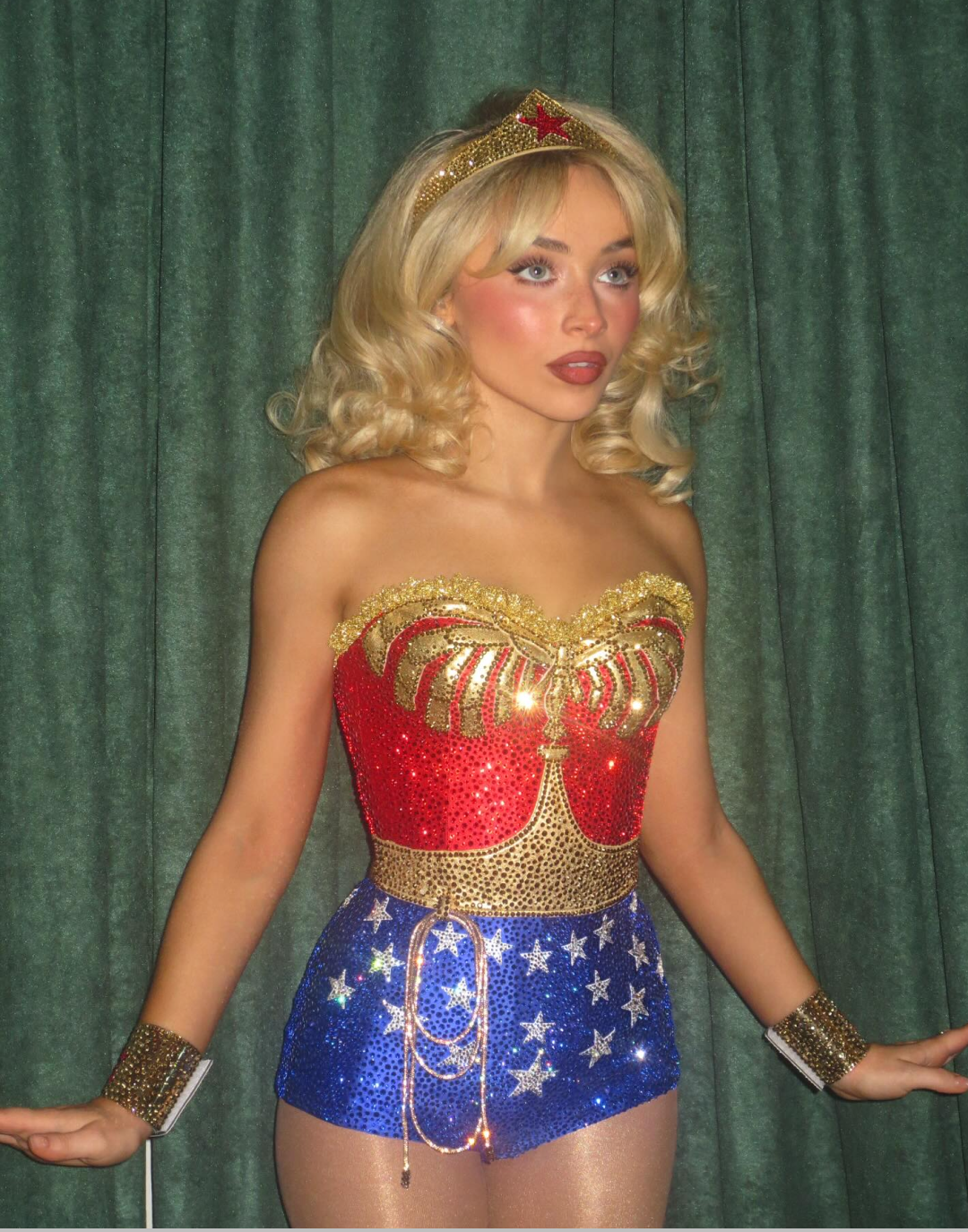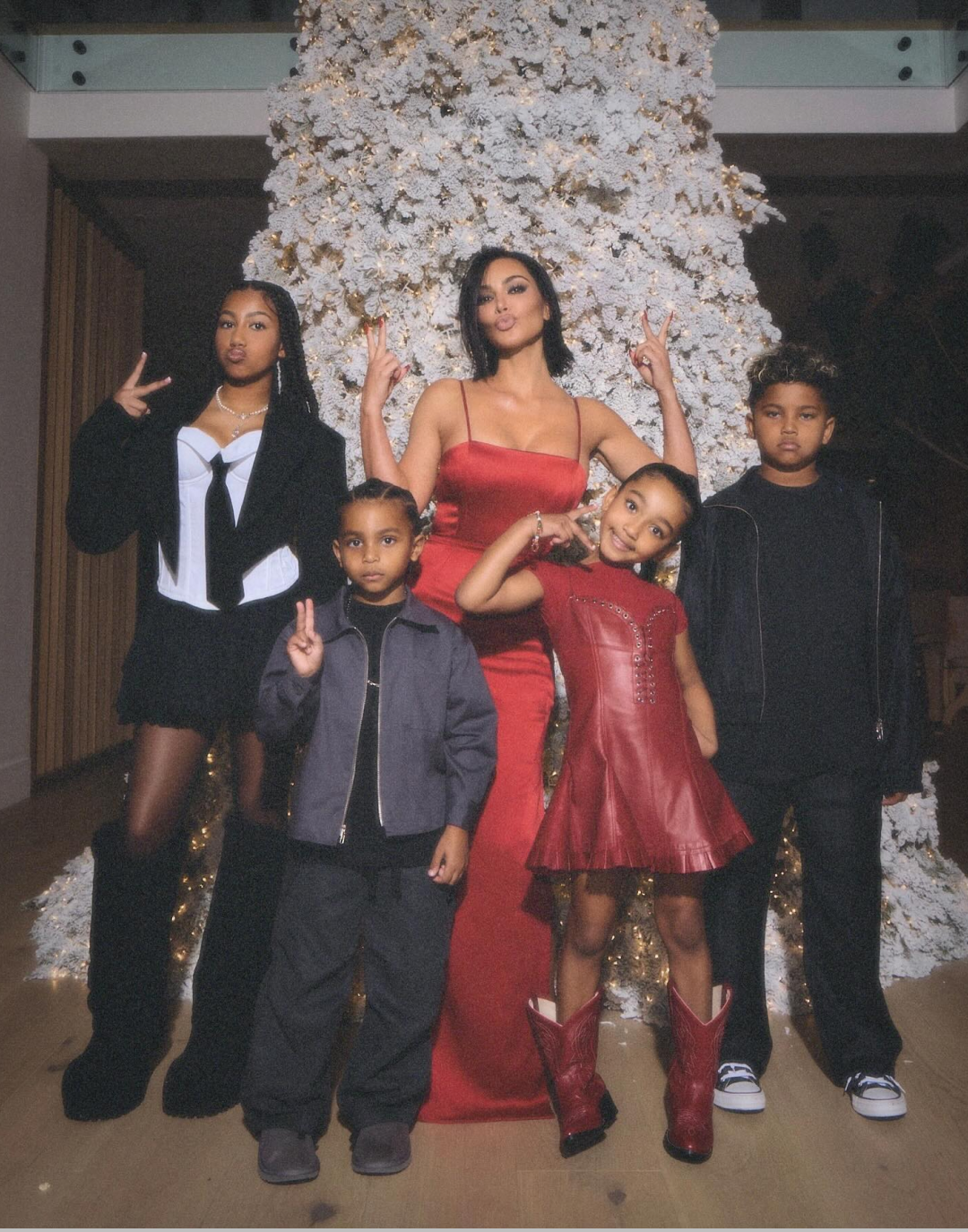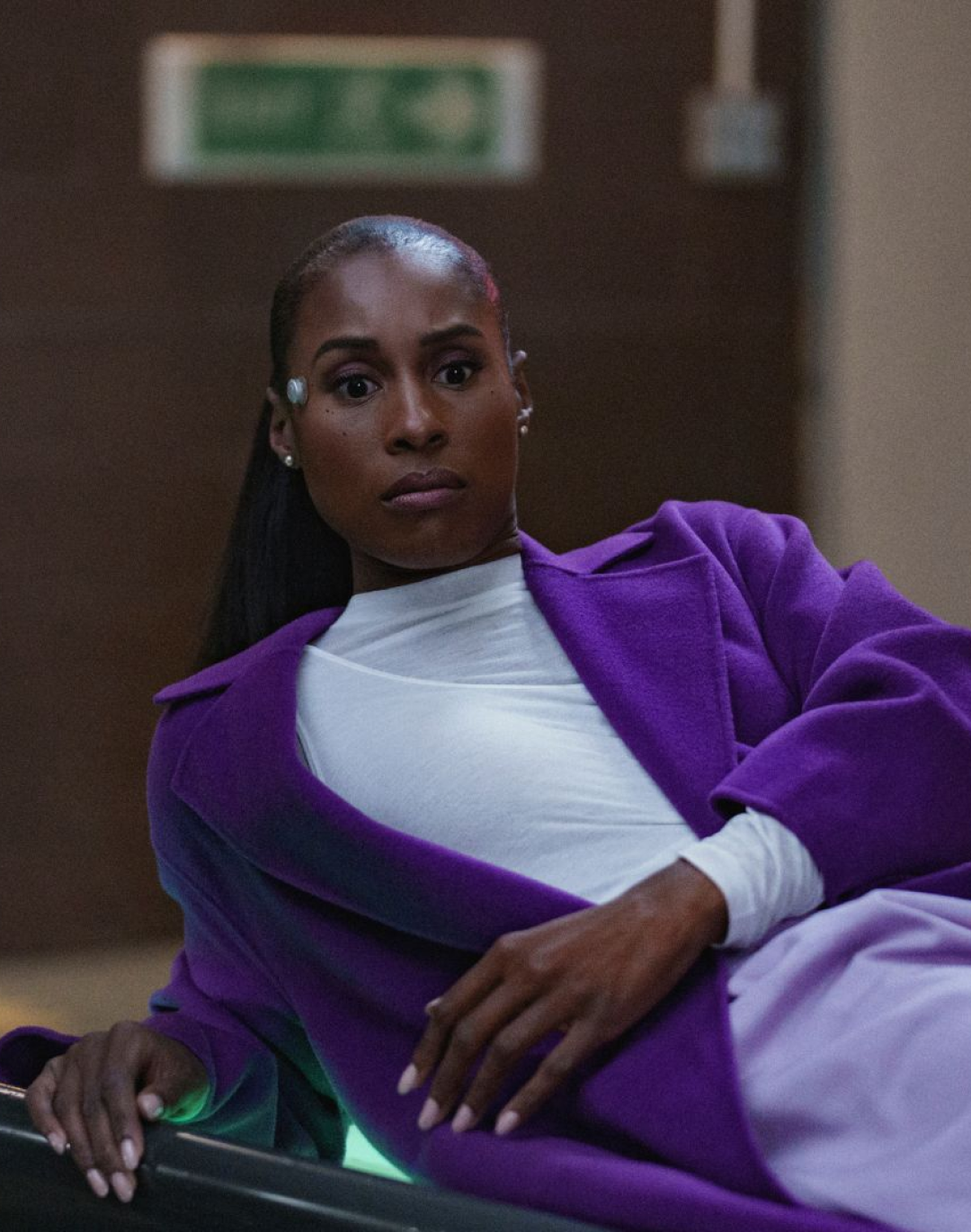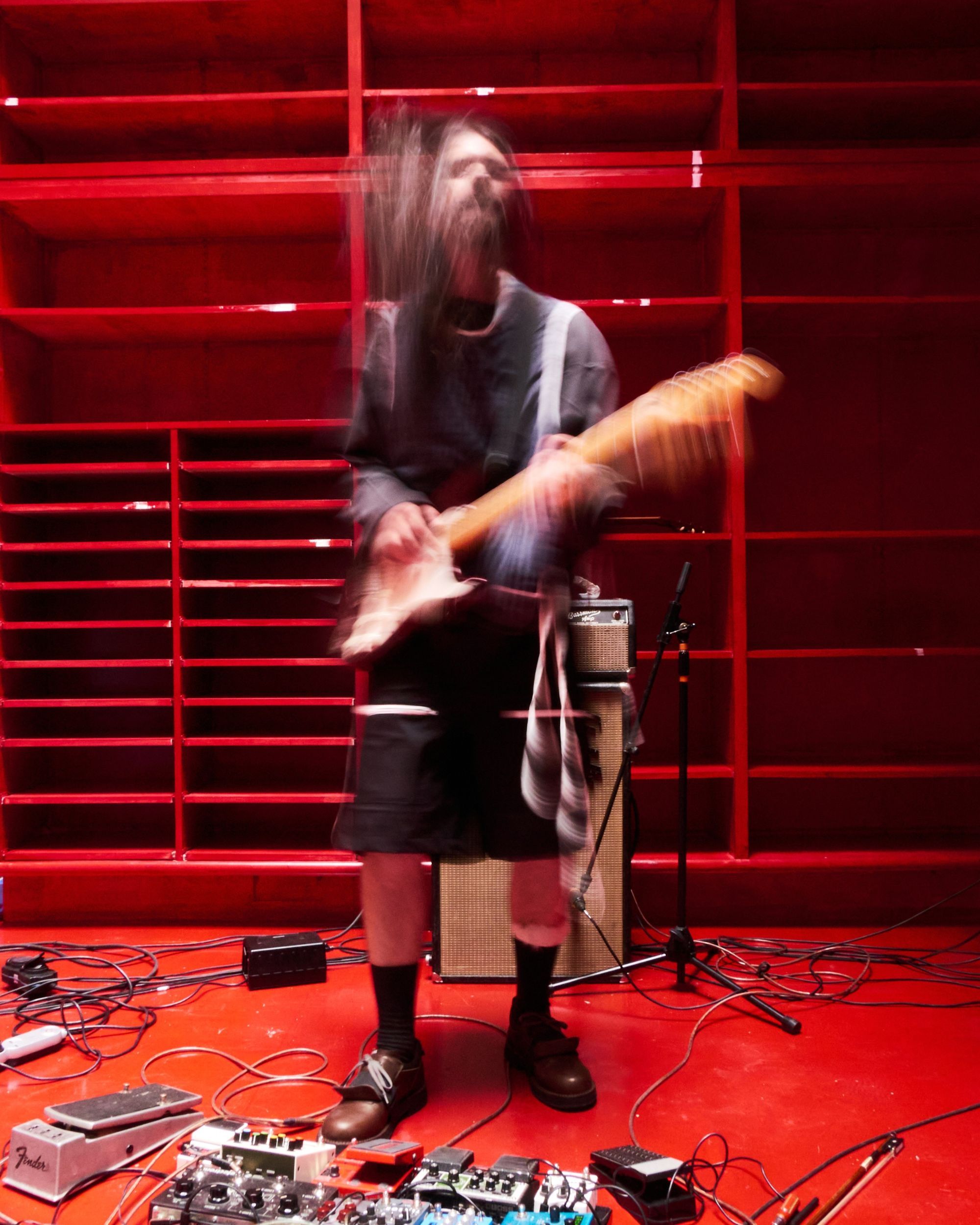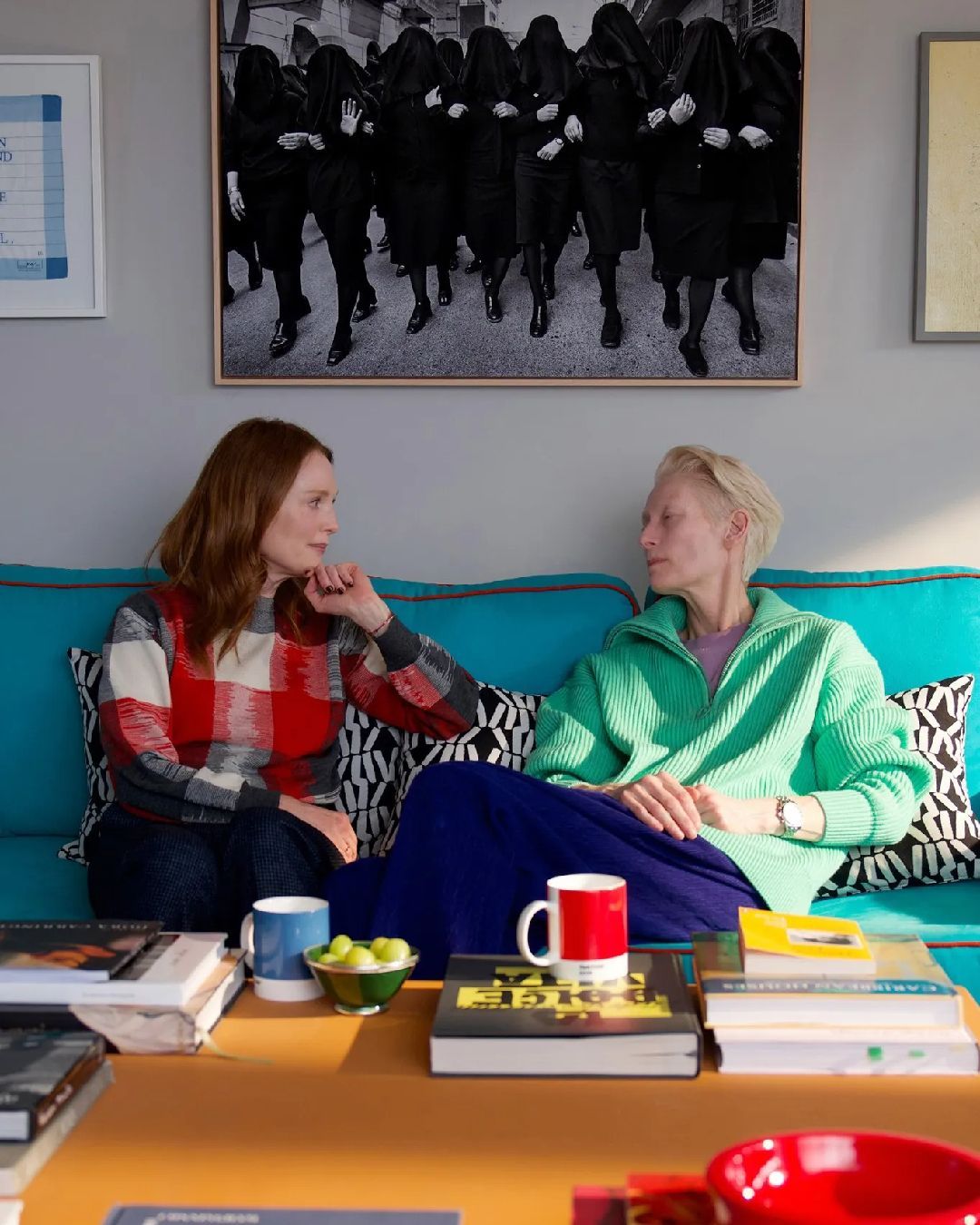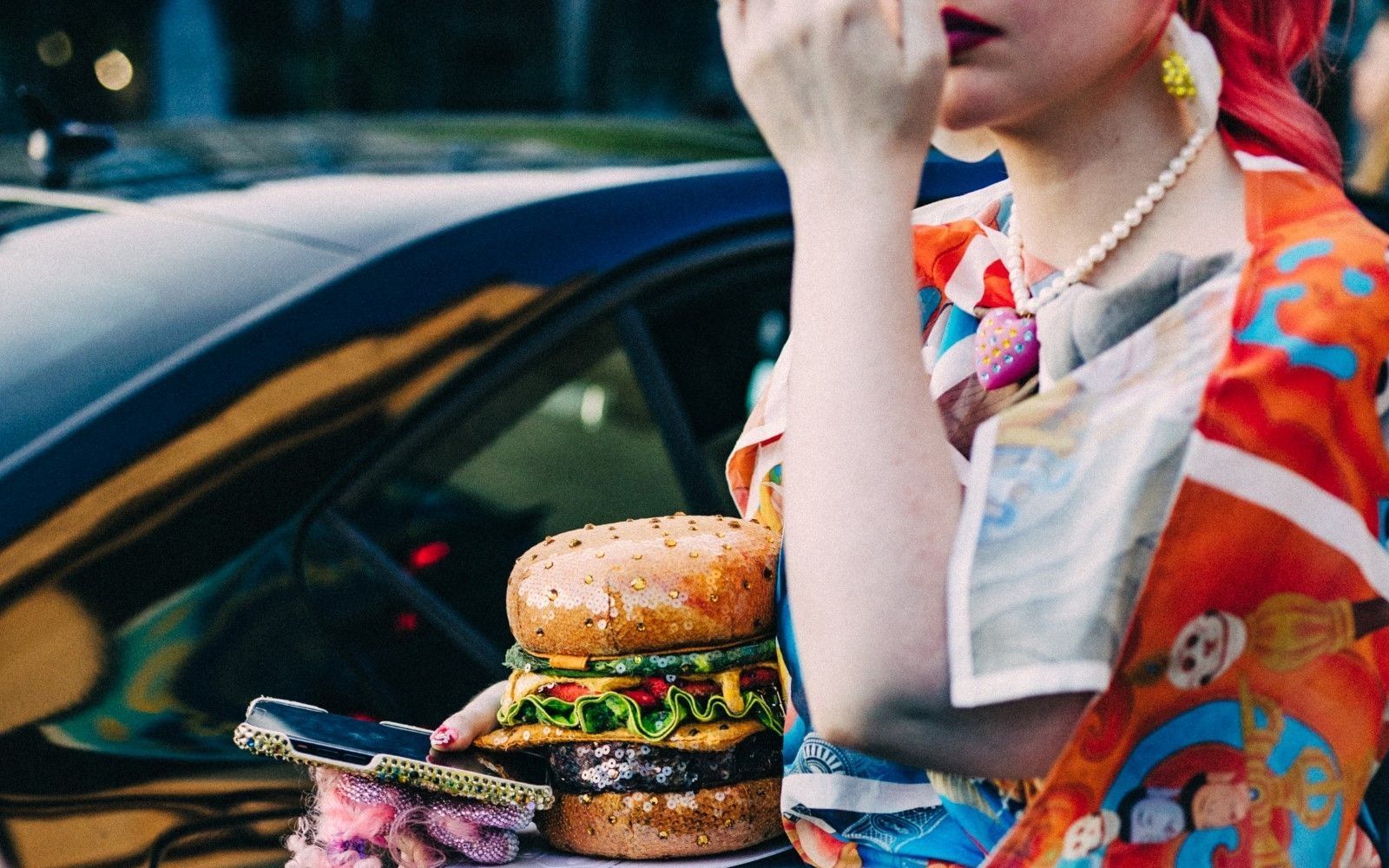
Do we really need trendcore? The fixation on naming microtrends works to some extent
Cheap and chic, mix and match, see now buy now: fashion is constantly appropriating expressions to name trends and the whole slew of details that keep up the morale of shows to be condensed into more or less in-depth reviews. The risk of running into the word -core lately is quite high: regencycore, blokecore, cottagecore, barbiecore, auntiecore are just some of the names created ad hoc to designate stylistic trends or aesthetic types with precise references. The editors and publishers abuse them, the TikTokers are addicted to them, and the system suffers: can the various -cores around really set up a trend that can survive the speed with which views and hashtags are vanishing?
The history of -core, as we are accustomed to conceiving it, begins in 2013 when the term normcore first appeared in the pages of K-Hole at a time when publishing started to come to terms with digital. Briefly apostrophized by New York magazine as «the fashion for those who realize they are one in 7 billion», normcore still constitutes more than just a trend that has based its aesthetic narrative on the power of uniformity. A narrative that, often, is missing from the -core of the day precisely because it does not reflect any kind of tension telling real changes in the way people approached fashion. Although these often fleeting trends can be aesthetically interesting, it is worth asking why so much enthusiasm is focused on giving them an imperfectly balanced relevance. In an article published in i-D, journalist José Criales-Unzueta spoke of microtrends that «are a way for writers and commentators to make new collections and designers' ideas more digestible or understandable to a wider audience».
To elevate a clothing process to core is to trace assumptions for a social as well as an aesthetic phenomenon. More often than not, however, the suffix core stops at clothes, if not at a precise detail of an outfit. The rise of micro-core coincides not coincidentally with the development of hyper-specific Internet aesthetics - there is even a Wiki page chronicling all possible online cores, including bubblegumbitchcore, cottagecore, and fairycore. Turning out to be particularly significant for mainstream culture this year were balletcore, regencycore, and barbiecore. While regencycore owes much to the Bridgerton series, barbiecore generated the most interest by peaking on July 8 and registering a 93 percent increase for the "Barbie pink" search as Depop told Vogue. The spread of pink and a doll-like attitude that may remind one of a Barbie is actually only the outcome of a longer and more sedimented process: Pierpaolo Piccioli, one of the most influential designers of the moment, created an entire collection of Valentino dresses in a shade of pink in partnership with Pantone, while Balmain had even devised a collaboration with Barbie earlier this year. But would the Barbie movie costumes have had the same media resonance -so much so that the suffix -core has been inconvenienced - if there had not been a general revival of the Y2K aesthetic? Raising a color to -core is a lazy way to describe and think about fashion. Assuming that this type of name can actually work on succinct realities like TikTok, publishing should strive to resist a fad that tends to simplify and debase. Of the how and why, more often than not, the -core suffix might disregard.


